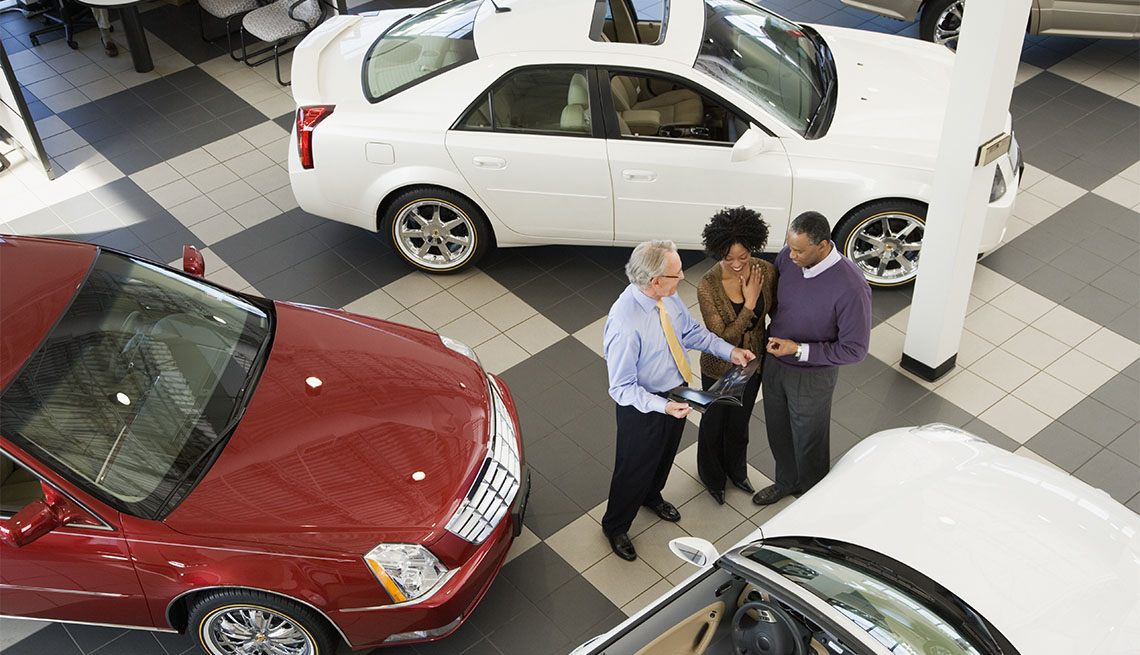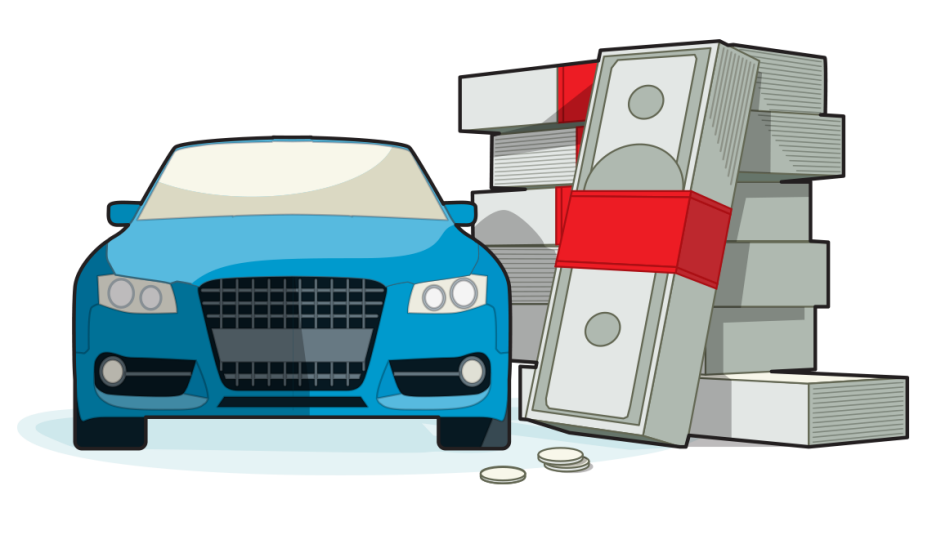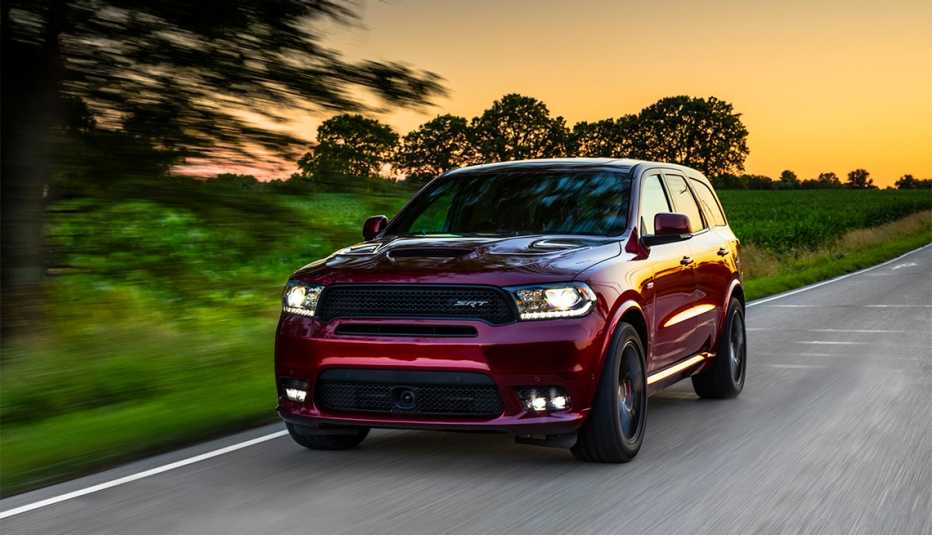AARP Hearing Center
The best time to buy a car is when you don't need it.
If you really need a new car — yours died for the 10th time and you're not paying a penny more for repairs — you won't have the time and the patience to get the best deal.
"Car buying can be stressful, and it can take more than a month to go from deciding what to buy to actually closing the deal. Why add to that pressure by trying to squeeze your shopping into a certain day of the week or a holiday weekend when everyone has the same idea?” Ronald Montoya, senior consumer advice editor, writes on auto-research website Edmunds.com.
Overall, “Edmunds data indicates that December's year-end sales events will give you a ‘perfect storm’ of savings,” he says.
And buyers often agree. The month with highest sales for four of the past 10 years has been December, the only month to appear in the top spot so frequently, according to federal Bureau of Economic Analysis vehicle sales figures.
Totaling the past five years from 2014 to 2018, September, October, November and December had the highest monthly sales — in that order.
Go for the unexpected
You can leverage the end-of-year sales tactics if you “go against the grain. Wait until the weather's terrible to buy a nice-weather car,” such as a convertible, says Mike Quincy, auto writer at Consumer Reports. He not only tests cars but also buys some of the cars to be tested.
He had bought 144 vehicles at the time of our October interview. Consumer Reports’ buyers don't declare their affiliation during the buying process, so they get the same pricing and the same treatment you would.
"Waiting for the right time of year to buy a car, or the right month or the right day, can help you save thousands,” says Bankrate.com, a financial advice website.
Or you can pick a perfectly fine car that nobody else seems to appreciate, such as the Chevrolet Impala, Quincy says.
"It was one of the top designs, outscoring cars $40,000 to $50,000 more” in CR tests, he says. Now it's being discontinued after January 2020.
Let quotas work for you
Keep in mind, too, that sometimes a deal really is red-hot right now and you should pull the trigger, advises former auto salesman Matt Jones, writing for Edmunds.com.
That's because of quotas. Automakers pay dealerships special incentives based on how many vehicles they sell in a month or a quarter or a year. You might be the buyer who puts the dealer over the quota, triggering big-enough incentives to the dealer from the automaker that the dealer could just about give you the car and still make money.
Those quota incentives aren't advertised or even discussed much outside dealerships. At best, you can figure you have a better chance to take advantage of the quota system at the end of a month, or quarter or year.
So do your research enough in advance that you could buy near the end of a month, but not at the very end.
The auto sales calendar doesn't match the regular calendar. You want to be one of the last few buyers to help a dealership hit its quota.
Consider buying on the 26th to 28th of a month, or in February, a couple of days earlier.



































































